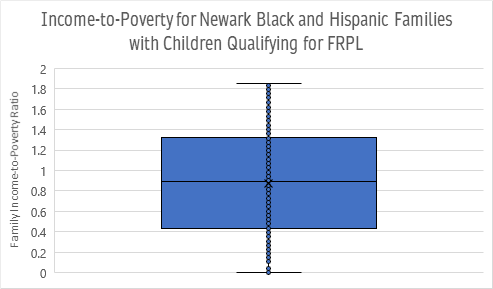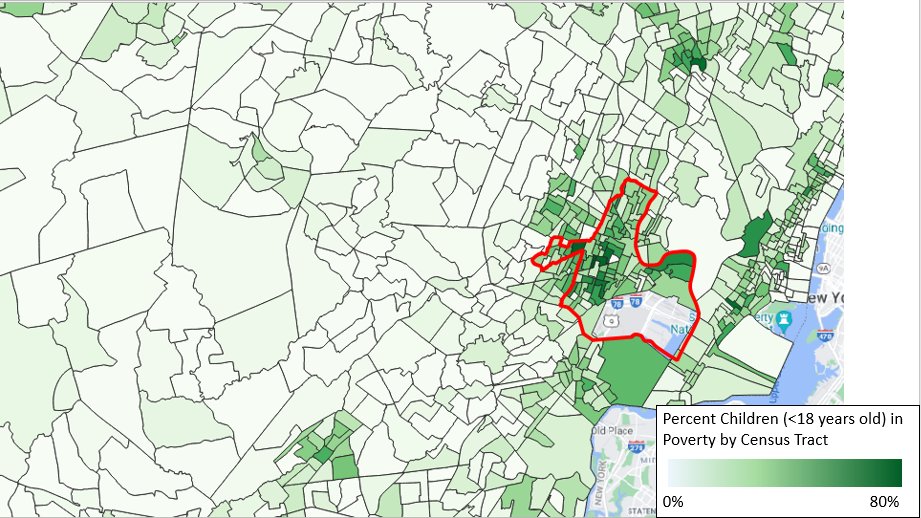This piece by on a school segregation court case for Newark by @patrick_wall is incredibly thorough and does a great job laying out the dimensions of the debate around urban charters & segregation.
Still, there& #39;s one thing missing: socioeconomic sorting. Let me explain in a https://abs.twimg.com/emoji/v2/... draggable="false" alt="🧵" title="Thread" aria-label="Emoji: Thread">1/8 https://twitter.com/CattCarrera/status/1390304984361734144">https://twitter.com/CattCarre...
https://abs.twimg.com/emoji/v2/... draggable="false" alt="🧵" title="Thread" aria-label="Emoji: Thread">1/8 https://twitter.com/CattCarrera/status/1390304984361734144">https://twitter.com/CattCarre...
Still, there& #39;s one thing missing: socioeconomic sorting. Let me explain in a
The article rightly covers multiple dimensions of stratification between charter and public schools in Newark: race/ethnicity, ELL, special education. But a notable omission is *socioeconomic status*. Do Newark& #39;s charters or public schools serve a higher-poverty population? 2/8
A reason for this omission might be that Newark is understood to be a racially AND socioeconomically isolated city, with a high concentration of poverty and nearly all students being identified as eligible for free/reduced-price lunch (FRPL) 3/8
Indeed, Newark has a large share of low-income students based on FRPL, and has similar FRPL rates in charter and public schools on average. (CCD data via @urbaninstitute)
So, no socioeconomic sorting, right? Well, there& #39;s a problem with using FRPL to analyze this... 4/8
So, no socioeconomic sorting, right? Well, there& #39;s a problem with using FRPL to analyze this... 4/8
Among other problems, FRPL is a binary indicator. It ignores *levels* of poverty, and other dimensions of socioeconomic status that may differ between low-income families.
In Newark, there is indeed variation among low-income Black and Hispanic families (ACS data via @ipums) 5/8
In Newark, there is indeed variation among low-income Black and Hispanic families (ACS data via @ipums) 5/8
This is one way students in high-poverty & racially segregated cities with high levels of school choice may be stratified. Without better socioeconomic data for in for students by school type, we can& #39;t know for sure. But there is suggestive evidence: https://twitter.com/jeremylsinger/status/1348639663439941634?s=20">https://twitter.com/jeremylsi... 6/8
This kind of within-district socioeconomic stratification can seem trivial relative to the segregation we see between district, as with racial segregation. (ACS data)
But if it& #39;s happening then it would mean some Newark schools are serving a relatively advantaged population. 7/8
But if it& #39;s happening then it would mean some Newark schools are serving a relatively advantaged population. 7/8
I would love to hear thoughts from @patrick_wall, some school or community leaders in Newark, or some of the excellent scholars cited in this article! @TomasEMonarrez @jerseyjazzman 8/8

 Read on Twitter
Read on Twitter








